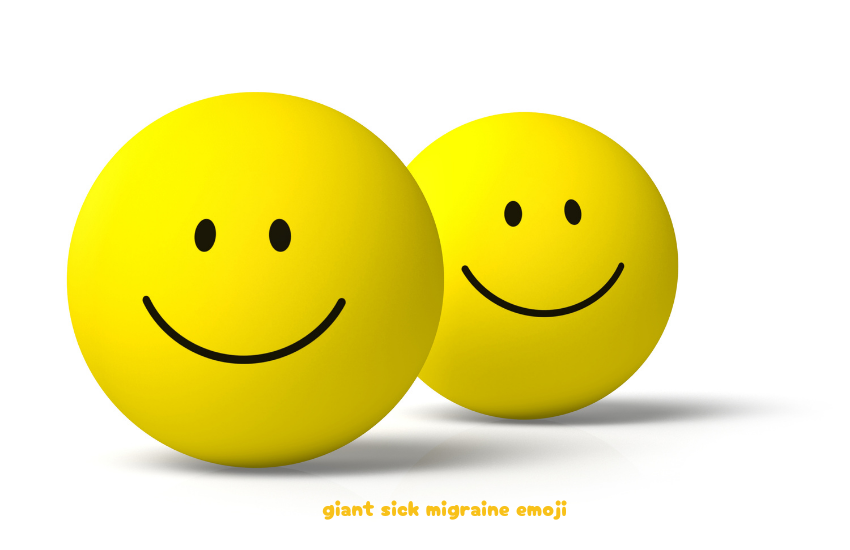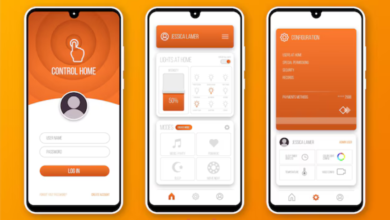Giant sick migraine emoji

What is the Giant Sick Migraine Emoji?
The giant sick migraine emoji is a visual symbol widely used in online communication to represent feelings of illness, discomfort, and especially the intense throbbing pain of a migraine. Typically depicted with a face showing greenish or yellowish skin, often sweating or grimacing, this emoji is used in contexts where words alone are insufficient to express the discomfort caused by sickness. When the emoji is enlarged, it intensifies the impact of the message, making the representation of pain or sickness feel more overwhelming.
Origin of the Sick Emoji in Messaging
The sick emoji belongs to a broader category of facial emojis that represent human emotions and physical states. Emojis first emerged in the 1990s in Japan, intended to simplify electronic communication by adding emotional cues to otherwise flat text. Over time, emojis have evolved to include not only emotions like happiness and sadness but also physical conditions, including sickness.
The greenish sick face first appeared on platforms like Apple’s iOS and Android systems to allow users to quickly express feelings of nausea or illness. However, with the growing understanding of how digital communication reflects real-life struggles, emojis have started to include more specific depictions of discomfort, including those related to headaches and migraines.

Migraine Representation in Emojis
Migraines are more than just headaches—they are often debilitating, involving symptoms such as nausea, sensitivity to light, and severe pain. Despite their widespread impact, only a few emojis truly capture the physical and emotional agony of a migraine. Users looking to express their pain or distress online may rely on the sick emoji as a stand-in.
The lack of a distinct migraine emoji has led to a community demand for one that more accurately captures this experience. Some users add symbols like lightning bolts or stars around the sick emoji to mimic the pulsating or throbbing nature of a migraine, emphasizing its overwhelming nature.
Why People Relate to a Migraine Emoji
Migraines affect millions of people worldwide, and for sufferers, the giant sick migraine emoji resonates deeply. It’s a quick, recognizable way to communicate their suffering without needing to explain the overwhelming pain they are going through. Whether someone is texting a friend or posting on social media, a well-placed sick emoji, especially when enlarged, conveys more than just discomfort—it expresses a shared experience.
For individuals who deal with migraines regularly, this emoji acts as a shorthand for their physical and emotional state, allowing them to gain instant empathy from others.
How People Use the Giant Sick Migraine Emoji
People typically use the giant sick migraine emoji in online chats or social media posts when they want to express how overwhelmed they feel by physical pain or illness. In some cases, the emoji is used in a literal sense to describe feeling nauseous or feverish, while in others, it is used metaphorically to represent mental exhaustion, burnout, or even disgust.
Users will often pair the sick emoji with other symbols, such as a thermometer or lightning bolt, to emphasize the intensity of their suffering. Enlarging the emoji (or turning it into a giant emoji) makes it a more visually striking element in a conversation, drawing attention to the user’s distress.
Different Interpretations of the Sick Emoji
The sick emoji is a universal symbol, but its meaning can change based on the context. For example, in Western cultures, it often refers to general illness, while in Eastern cultures, it can signify more specific conditions like motion sickness or food poisoning. In some cases, it’s used humorously to represent revulsion or discomfort in awkward situations.
The rise of giant emojis adds a new layer of meaning. When the sick migraine emoji is enlarged, it can make the user’s message seem more urgent or dramatic, increasing its emotional impact. Users in meme culture, in particular, have embraced this exaggerated use to convey heightened states of pain or suffering.
The Role of Emojis in Expressing Physical Pain
In a digital world where more people are relying on messaging apps to stay connected, emojis have become an important part of how we communicate complex emotions like pain. Rather than describing symptoms in detail, a well-chosen emoji can instantly reflect how someone is feeling, making it easier to reach out for support.
The giant sick migraine emoji is an extension of this, offering a concise yet powerful way to convey a level of discomfort that words sometimes fail to express.
The Psychological Impact of Using the Migraine Emoji
Using a migraine emoji or any emoji related to physical pain can have a subtle psychological effect, helping the person express their pain without needing to delve into its details. For sufferers of chronic illnesses like migraines, sending a simple emoji might feel easier than repeatedly explaining their condition.
Psychologists argue that these emojis can also foster empathy in digital communication. When someone receives a sick emoji, especially one that is enlarged, they are more likely to understand the intensity of the sender’s suffering.
How Emojis Have Evolved for Health Communication
In recent years, the use of emojis for health communication has expanded. Not only do we have sick faces and thermometers, but we now also see emojis representing pills, bandages, and even organs. The evolution of health-related emojis reflects a growing trend of communicating physical and emotional well-being through visuals.
As platforms expand their emoji offerings, users are finding new ways to represent specific conditions like migraines. The lack of a dedicated migraine emoji, however, remains an issue for many, leading to creative adaptations of existing emojis to express their pain.
Giant Emojis: An Emerging Trend in Online Communication
The use of giant emojis is a relatively new trend in digital communication, primarily driven by social media platforms and meme culture. A giant emoji is simply a standard emoji that has been enlarged, either manually or through the use of special apps and tools, to create a bigger visual impact.
People use giant emojis to add humor, drama, or emphasis to their online conversations. In the case of the giant sick migraine emoji, enlarging the symbol makes it a more powerful representation of illness, signaling that the user’s suffering is extreme or particularly notable.

The Use of Giant Emojis in Meme Culture
Meme culture thrives on exaggeration, and giant emojis are a perfect fit for this kind of humor. By enlarging emojis, especially those related to sickness or discomfort, meme creators are able to enhance the comedic or dramatic effect of their posts.
The giant sick migraine emoji has found a place in this space as well, often used to illustrate exaggerated feelings of pain, exhaustion, or distress, sometimes in humorous or ironic ways.
Creating a Giant Sick Migraine Emoji
If you want to create a giant sick migraine emoji, there are several tools and apps that can help. Apps like Emoji Me or Big Emoji allow users to enlarge standard emojis before sending them in messages or posting them on social media. Some messaging platforms, like Telegram, have built-in features that let users send enlarged emojis directly.
How to Use Giant Emojis in Various Messaging Platforms
Not all messaging apps support giant emojis, but many allow users to enlarge them by adjusting text size settings or using special emoji stickers. For example, on WhatsApp, you can send larger emojis by simply sending a single emoji in a message, which the app will automatically enlarge. On Instagram and Twitter, you might need to use external apps to create a larger image of the emoji before posting it.




